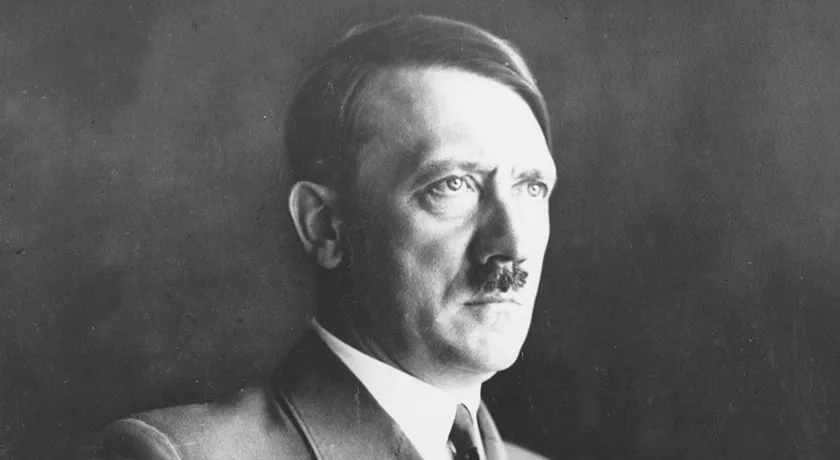Adolf Hitler, the infamous architect of the Nazi regime, witnessed a stark transformation in his personality between the two World Wars. From the aftermath of World War I to the lead-up to World War II, Hitler’s character underwent profound changes that played a pivotal role in shaping the course of history.
In this blog, we comprehensively compare Hitler’s personality during these two tumultuous periods.
Post-World War I – A Frustrated Soldier
Following Germany’s defeat in World War I, Hitler found himself grappling with a nation in turmoil. As he rose to prominence in the early 1920s, his personality reflected frustration, resentment, and a burning desire for revenge. The Treaty of Versailles, imposing harsh penalties on Germany, became a focal point of Hitler’s discontent, and his charisma drew disillusioned masses to the burgeoning Nazi Party.
In the aftermath of Germany’s defeat in World War I, Hitler faced personal struggles that took a toll on his mental well-being. In 1918, he was temporarily blinded by a gas attack, compounding the physical and emotional scars of war. His mental state deteriorated further when news of Germany’s surrender reached him.
Despondent and grappling with a sense of failure, Hitler was admitted to a military hospital and later transferred to a mental institution in Pasewalk. While the details of this period are somewhat shrouded in mystery, it is suggested that he exhibited symptoms of hysterical blindness and deep anguish.
This episode in the asylum, though brief, is a crucial aspect of understanding the complexities of Hitler’s psyche and the influence of personal turmoil on the trajectory of his life. It is a haunting glimpse into the vulnerability of a man who would later become one of history’s most infamous figures.
The Interwar Years – The Rise of the Dictator
The interwar period witnessed Hitler’s ascent to power as the Chancellor of Germany in 1933. This marked a turning point in his personality. The frustrated visionary of the 1920s now stood at the helm of a nation desperate for change. Hitler’s charisma evolved into a more authoritarian demeanor, driven by a megalomaniacal belief in his destiny.
The consolidation of power saw a shift in Hitler’s personality towards ruthlessness and an unwavering conviction in his ideologies. The once-frustrated idealist became a cunning strategist, utilizing propaganda, persecution, and terror to solidify his rule. The Nuremberg Laws and the persecution of Jews were symbolic of Hitler’s increasingly radical and sinister worldview.
Prelude to World War II – The Demagogue at the Helm
As the 1930s progressed, Hitler’s personality morphed into that of a demagogue intoxicated by absolute power. The charismatic speaker of the 1920s had given way to a figure whose speeches were laced with a venomous blend of nationalism, racism, and militarism. The invasion of Poland in 1939 marked the onset of World War II, reflecting Hitler’s unwavering belief in expansionism and dominance.
During this period, Hitler’s personality showcased elements of paranoia fueled by an increasingly isolated echo chamber of sycophantic advisors. The dictator’s decision-making became erratic, and his megalomania resulted in disastrous military campaigns and atrocities that would haunt the world for generations.
The comprehensive comparison of Hitler’s personality between the two World Wars unveils a complex and evolving character. From the frustrated visionary of the post-World War I era to the demagogue at the helm on the eve of World War II, Hitler’s transformation is a chilling study of the dangers of unchecked power and the impact of historical events on an individual’s psyche. Understanding this evolution is not just an exploration of the past but a sobering reminder of the fragility of human nature and the importance of safeguarding against the rise of tyrants.
Delving into the aftermath of World War I and the purported period spent in a mental asylum, Josh Becker’s “Hitler in the Madhouse” provides readers with an opportunity to peer into the life of Adolf Hitler. Upon leaving the hospital a month later, he had metamorphosed into the most infamous anti-Semite in global history. What unfolded within the hospital walls during those thirty-one days to induce such a profound transformation? This book unravels the mysteries behind Hitler’s drastic change, shedding light on the events that transpired during his stay.





